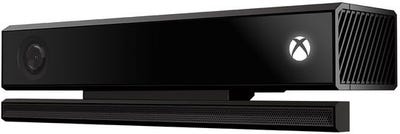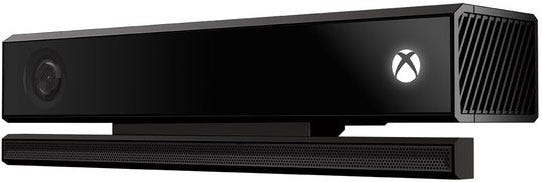May 22, 2013
Medical device applications likely weren't on the minds of the Microsoft engineers who developed the Kinect, which was introduced three years ago. But the video game peripheral has been hacked for an array of medical applications ever since it debuted. And the Kinect ONE represents a significant upgrade over its predecessor. The new platform comes equipped with an eight-core processor, 8 GB of RAM, and a 500 GB hard drive. Perhaps the device's sensor upgrades are most impressive: the device can detect millimeter movements and can even detect the heartbeat. All of this bodes well for its future medical applications--both in scope of them and in terms of user experience.

For a preview of what the future holds, let's look at the pioneering medical applications of the first-gen Kinect: Medical applications of this platform include its use to control medical imaging systems in the operating room using gestures, making it simple to move or zoom in on CT and MRI scans. Doing so frees surgeons from touching input systems with bloody gloves and the accompanying risk of contamination. This technology is now being employed by the Sunnybrook Health Sciences Centre in Toronto for use in cancer surgery. A company in the Toronto area known as GestSure Technologies is working to introduce infrared depth-sensing technologies to the broader market. Microsoft itself also has performed research in this area.
The motion-tracking ability of the Kinect could be used among the elderly to detect falls in the home or in senior centers. It has also been used to control Intuitive Surgical's da Vinci robot.
The Japanese healthcare firm Nichii Gakkan has developed a tool known as Opect that sends important information to the surgeon while freeing them from a touch-based user interface. Also in Japan, the Research Center for Advanced Science and Technology based in the University of Tokyo is workking on a system known as Observation and Access with Kinect which is designed to help severely disabled children communicate with their bodies.
Earlier this year, the Microsoft Research Cambridge team developed an augmented reality platform that leveraged the Kinect to help brain surgeons visualize brain scans in three dimensions with augmented reality.
|
Researchers at Microsoft have developed touchless systems for controlling medical images. |
Microsoft's next-generation gaming console, known as the Kinect ONE, could further extend the medical applications of its infrared camera technology. The new device is equipped with a sensor featuring 1080p resolution. When a user stands in front of the sensor, the device can determine the location of many of their joints, skeletal structure, and to what degree muscles are engaged or relaxed.
This capability could be used for to help users' exercise or to fine tune physical therapy regimens. That is, the system can make a program easier when a user's pulse is deemed to high, or vice versa.
Earlier this year, Popular Science predicted that the Kinect could be used in conjunction with a PC as a telemedicine tool. The motion-tracking capabilities of the first generation Kinect have already showed promise in detecting conditions like autism, attention deficit disorder, and obsessive compulsive disorder.
The device is able to measure the pulse by measuring subtle changes in the skin. In that respect, it is similar to the Cardiio app, which uses a smartphone's built-in front-facing camera to detect the pulse through the skin.
In addition to its pulse-measuring capabilities, the Kinect ONE also would enable the development of better user experiences for medical applications, thanks to the system's improved sensors. The system is so accurate that it can detect minute finger movements. In addition, its field of view is a full 60% wider.
Incidentally, the Wii Fit has also shown promise for its medical applications.That platform has been shown to be especially beneficial for treating Parkinson's, motor disabilities, and lazy eye as well as for physical therapy and obesity.
Brian Buntz is the editor-at-large at UBM Canon's medical group. Follow him on Twitter at @brian_buntz.
Related Content
About the Author(s)
You May Also Like



